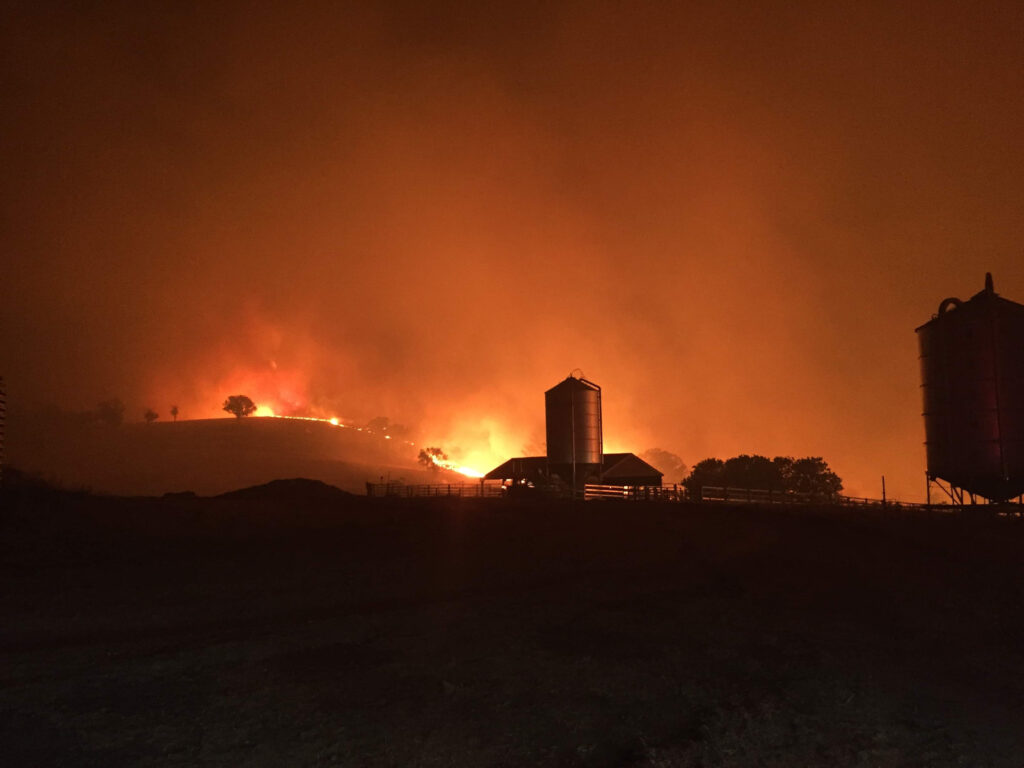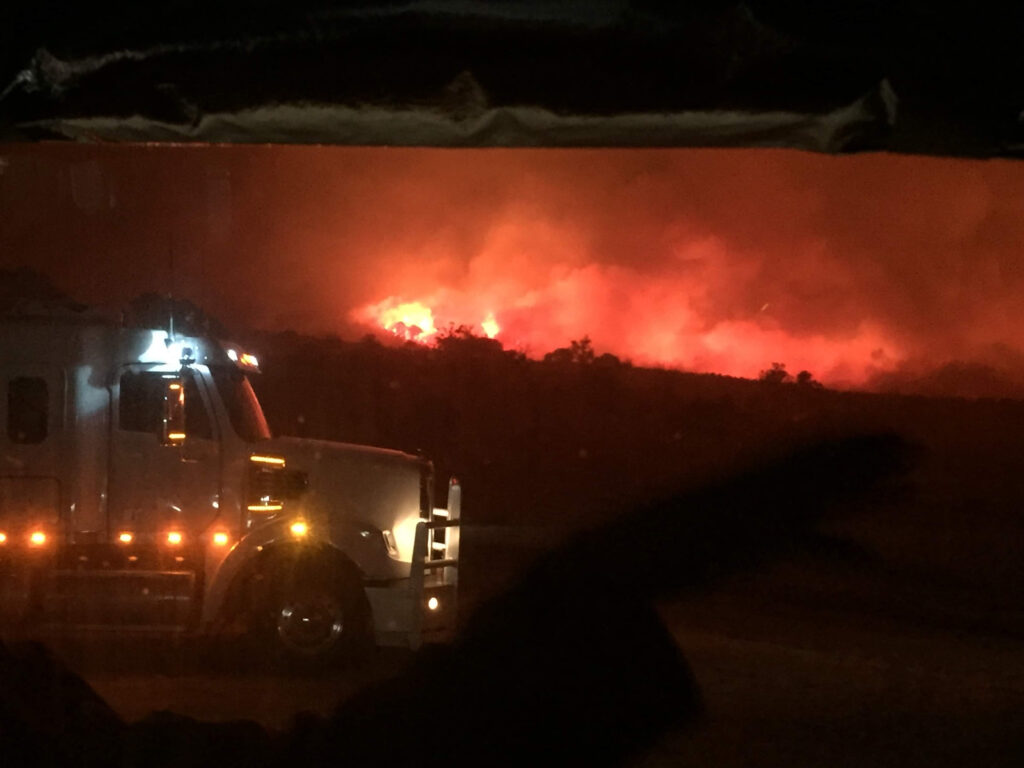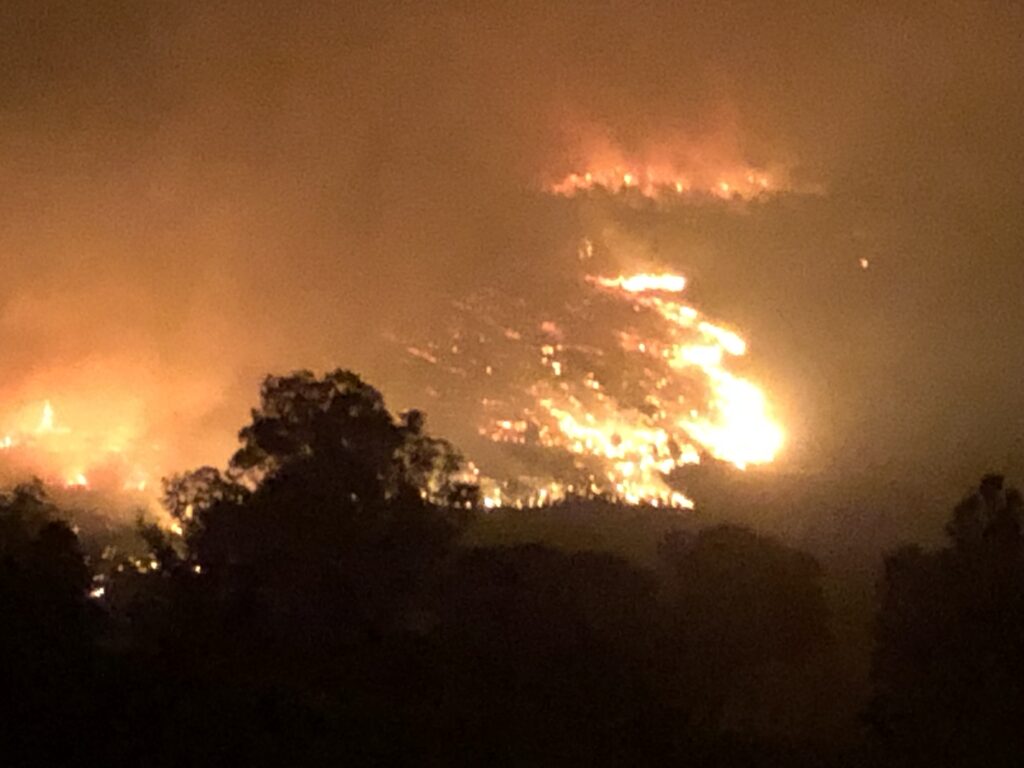VASA director Darrel Hursey risked everything in bushfire fight
- PostedPublished 27 March 2020

Almost everyone in Australasia knows someone who was affected by the recent bushfire crisis, from losing loved ones, homes and livelihoods to cancelled travel plans and almost every conceivable scenario between.
The ferocity and speed of many fires put them beyond human control, but that didn’t stop countless brave, selfless souls from trying.
Among these were VASA director Darrel Hursey, who runs Tumut Auto Electrics with his wife Carol.
Since September, he has spent a total of two months off work volunteering to fight fires in Grafton and Glenn Innes in northern New South Wales as well as a huge one much closer to home.
Darrel recounted to SightGlass News what it was like fighting the Dunns Road fire that was started by a lightning strike on December 28, burning across more than 337,000 hectares (an area 30 per cent larger than Luxembourg) and raged out of control well into February, with multiple fire fronts totalling more than 600 kilometres.
The fire ran to within six kilometres of Darrel’s own home but a number of his fire-fighting comrades were not so lucky, including a bulldozer operator whose brand new house was destroyed before he had even collected the keys.
“You’re always in severe danger and it’s usually pretty hectic,” he said.

“The truck’s fine as long as you use the right knowledge and crew leader to look after people, you should be pretty safe. We had to drive through flames a couple of times, that’s pretty common.”
Due to the scale of the disaster, fire fighters and their resources were in many cases stretched beyond the limit.
“The worst was when it hit 45 degrees at 10 o’clock at night and that’s before the flames have got to you, so you’re sweating your arse off,” said Darrel.
“One night the fire ran 40-50kms, unbelievable … this was one of the bigger ones, well and truly; it was just one of those seasons where everything’s so tinder dry.”
Darrel said fighting big fires in Glenn Innes earlier in the season had prepared him well for fighting the local inferno.
“I was lucky that my head was in the game for us (Dunns Road), I suppose, that I didn’t go into it cold turkey for our season here.

“If I hadn’t been doing those bigger fires and skipped straight to this thing it would have been, like, wow.”
Darrel said his local brigade got a new fire truck in time for the season and that it had covered 3500km in the first month of its life, compared with the average of around 150km.
“A lot of trucks don’t even do 100km a year,” he said.
The Dunns Road fire connected with two separate blazes originating in East Ournie Creek and Green Valley, hitting Kosciuszko National Park hard.
Historic gold mining ghost towns and numerous mountain huts damaged or lost.
“Kosciuszko is the worst thing you can see, just really heartbreaking seeing how much burnt there is, everything’s burnt, the huts are burnt, it’s just gone,” said Darrel.
There is still a lot of clean-up work to do as burnt trees threaten to fall onto roads and tracks are cleared so the logging industry can recover or remove burnt pine before it becomes riddled with blue fungus.
“We lost 44,000 hectares of pine; that’s over a third of it gone and it’s our biggest industry around here so there are going to be some hard times,” said Darrel, adding that the Snowy 2.0 hydroelectric scheme should help soften the economic impact of destroyed pine plantations.
- CategoriesIn SightGlass
- Tagsclimate change, SightGlass News Issue 19

